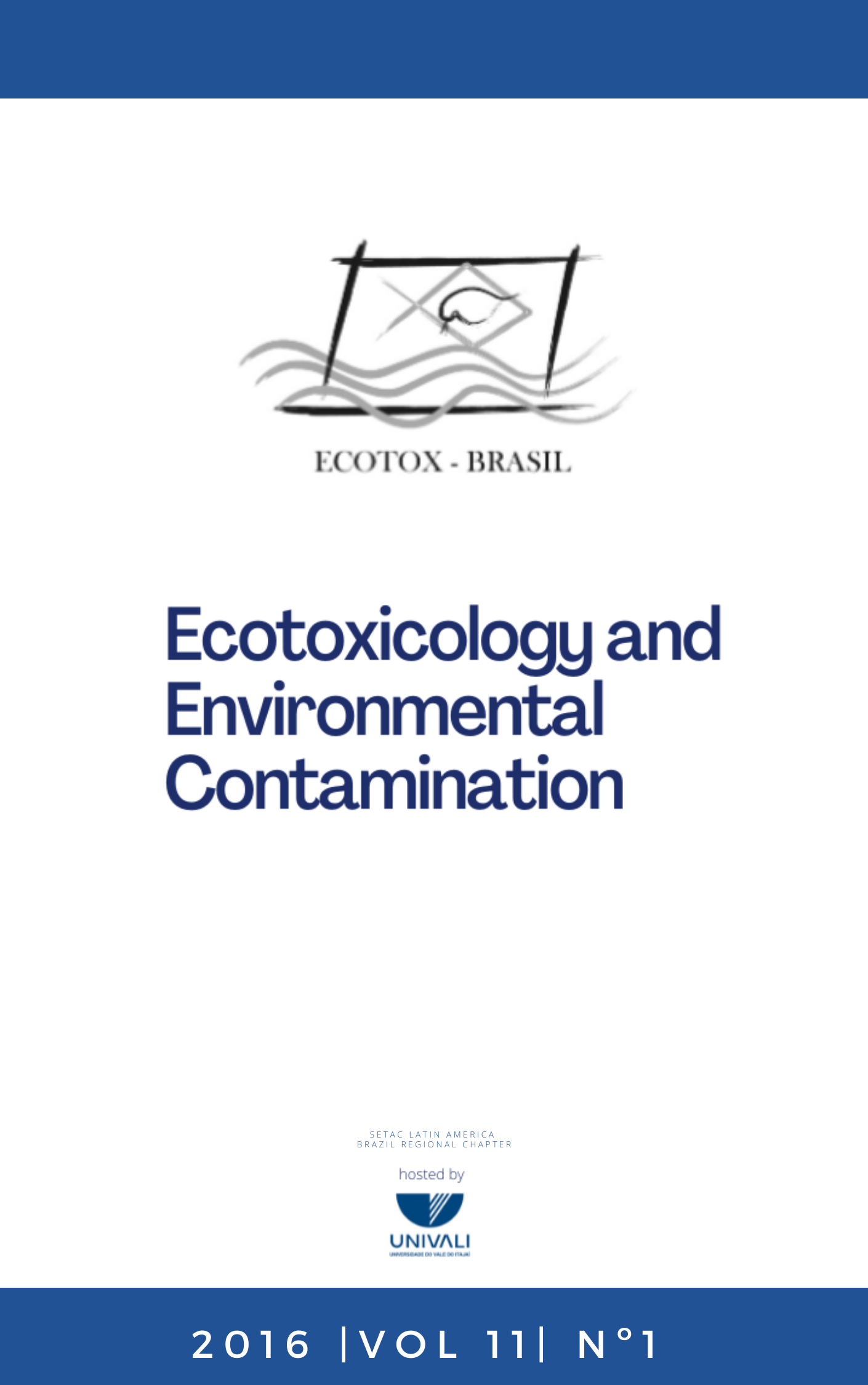The lack of information hides the impact of human activities in estuarine fish from Southern of Brazil
DOI:
https://doi.org/10.5132/eec.2016.01.01Abstract
Brazilian coast are sites of significant chemical discharge impacting the estuaries, natural “nursery” of aquatic organisms. In order to investigate the human impact in Lagoa dos Patos - South of Brazil - gills and liver of croakers Micropogonias furnieri were used as morphological biomarkers . Forty individuals from reference and polluted sites were caught in winter and summer of 2003. The individuals were measured, weighted and liver and gills samples were processed for light and transmission and scanning electron microscopy. Individuals from the polluted area (winter) showed strong morphological evidences of chemical exposure. The observed ultrastructure lesions and alterations confirmed the worst conditions of individuals from polluted site mainly in winter. The sediment remobilization due to rainfall may be the cause of chemical bioavailability. Further chemical studies are necessary in Lagoa dos Patos as the risk of exposure to biota and human populations was demonstrated.Downloads
Published
How to Cite
Issue
Section
License
Copyright © 2006 ECOTOX-Brasil
Copyright notice: It is a condition for publication that manuscripts submitted to this journal have not yet been published and will not be simultaneously submitted or published elsewhere. By submitting a manuscript, the authors agree that copyright for their article is transferred to the Sociedade Brasileira de Ecotoxicologia (ECOTOX-Brasil) if and when the article is accepted for publication. The copyright covers the exclusive rights to reproduce and distribute articles, including reprints, photographic reproductions or any other reproduction of a similar nature, including translations. No part of this publication may be reproduced, stored in a retrieval system or transmitted in any form or by any means, electronic, mechanical, photocopying, recording or otherwise, without permission of the publisher.
Notice: While every effort is made by the EEC, editors and editorial board to see that no inaccurate or misleading data, opinions or statements appear in this journal, they wish to make it clear that the contents of the articles and advertisements published herein are the sole responsibility of the contributors or advertisers concerned. Accordingly, the EEC, the editorial board and editors and their respective employees, officers and agents accept no responsibility or liability whatsoever for the consequences of any inaccurate or misleading data, opinion or statement.




